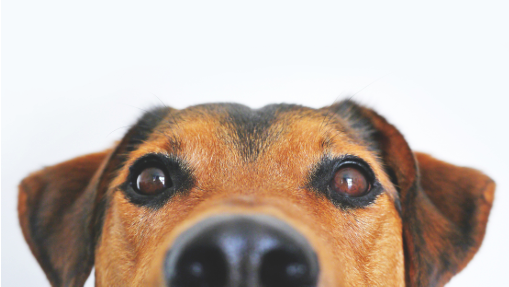The concept of choice has become extremely popular in positive reinforcement–based dog training. Many trainers use the word often, and it sounds appealing. Choice feels like the opposite of force, so it seems humane and empowering for dogs. However, the full article explores why this idea is more complex than it first appears.
In some training setups, “choice” can involve situations where the dog is motivated to avoid something unpleasant. The dog may stay to earn food or move away to escape discomfort. This raises important questions about what choice truly means. It also highlights why careful training mechanics and thoughtful setups matter.
The article explains that people often cling to the idea of choice because it feels kinder than using force. We may point to moments when we avoid pushing, pulling, or restraining a dog and say we have “given the dog a choice.” Yet choice is not a behavior we can observe directly. It is an internal process, influenced by many factors that may have nothing to do with the human.
Meanwhile, force is clearly observable. It involves physical actions that limit a dog’s movement or comfort. Therefore, the article suggests that the true opposite of force is not choice. Instead, it is creating environments where multiple forms of reinforcement and enrichment are freely available. This includes removing unnecessary barriers, noticing what the dog enjoys, and allowing the dog to engage in preferred behaviors whenever safe.
The author shares personal examples of how reducing restrictions allowed her dogs to form their own routines. She also describes how paying attention to small preferences, such as where a dog likes to sleep or drink, can strengthen trust and wellbeing.
Finally, the article reminds readers that training still requires boundaries. Young dogs and new dogs need structure to stay safe and learn household expectations. Over time, as dogs mature and training progresses, those boundaries can be relaxed.
Read the full article by Eileen Anderson HERE




